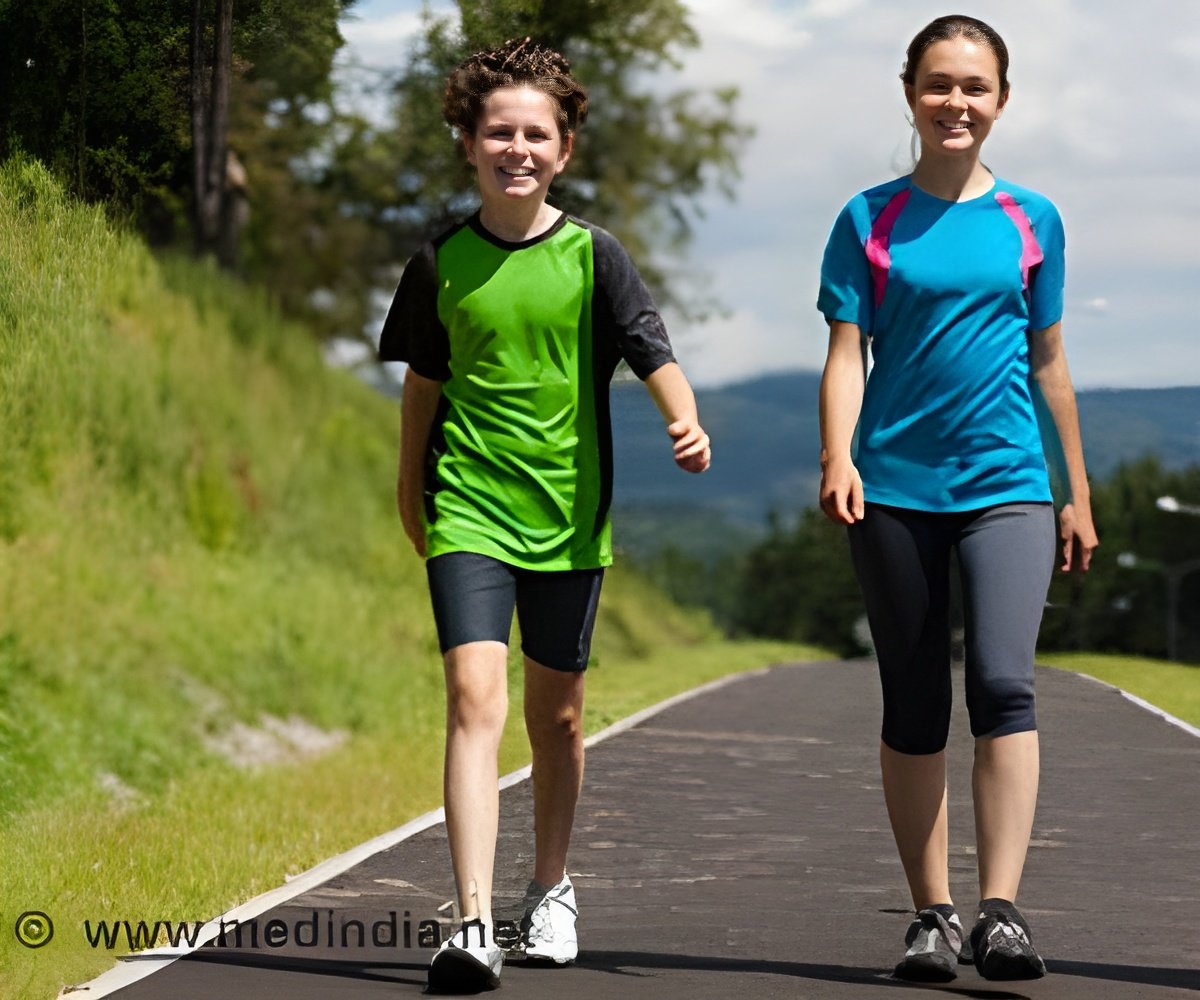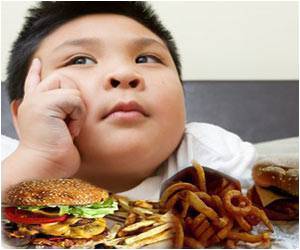
Parous women perform less moderate to vigorous physical activity than their nulliparous peers: a population-based study in Denmark
Go to source). The purpose of the study was to map the proportion of mothers who do not meet the physical activity recommendations set by the World Health Organization (WHO) – namely, how many do not get enough exercise.
‘Did You Know?
Only about 23% of adults worldwide meet the World Health Organization's recommendations for physical activity.
#mothers #denmark #physicalactivity
’
Tweet it Now
And the reasons for the significant difference can be many, says Solvej Videbæk Bueno, a PhD student at the Department of Public Health and the lead author of the study. “Being pregnant and giving birth is a major change for the body for most. Many mothers find it difficult to figure out how and what they can do in terms of physical activity in their ’new body’ after childbirth. Other barriers, as we know from the literature, can be lack of time and sleep, which along with breastfeeding and logistical challenges can cause physical activity to be deprioritized,” she says, adding:
“On the other hand, we also know that new mothers are in a life-changing period of their lives, which can positively affect their motivation about behavior changes.”
Motherhood vs. Movement!
The researchers analyzed data from 27,668 women between the ages of 16 and 40 in the study, which also reveals that most women who have given birth primarily engage in light exercise such as walking or cycling in their leisure time, and only a few participate in more demanding physical activities.According to Solvej Videbæk Bueno, the study reveals a need to focus on women who have given birth as a special group that could benefit from measures specifically aimed at them to increase their level of physical activity.
Advertisement
“Therefore, I believe it is important that we focus on mothers as a distinct target group for future efforts to promote physical activity in the population. Efforts that contribute to spreading knowledge and opportunities for mothers to easily and practically increase the intensity of their physical activity in their everyday lives.”
Advertisement
Denmark’s Physical Activity Gap
In recent years, there has been a growing focus on the importance of physical activity for both physical and mental health.WHO has established international guidelines recommending adults engage in at least 150 minutes of moderate or 75 minutes of intense physical activity per week.
Previous research has shown that many, especially women of childbearing age, do not meet these recommendations.
But the significant difference between women who have given birth and those who have not opens a discussion about how society can best support mothers in maintaining a healthy and active lifestyle, believes Solvej Videbæk Bueno.
A previous study has shown that mothers in Denmark experience a lack of health professional advice on physical activity after childbirth.
And that would be a good place to start, the researcher believes.
“In Denmark, we have a nationwide maternity care system where all women are offered close health professional contact with midwives, general practitioners, and public health nurses during their pregnancy, childbirth, and postpartum. But as it stands now, it has not been decided who should inform and advise on physical activity after childbirth,” she says.
Exactly by whom and when mothers should optimally be offered advice on physical activity after childbirth will be investigated by the researchers in an upcoming study to become wiser on potentially forthcoming efforts for new mothers.
Reference:
- Parous women perform less moderate to vigorous physical activity than their nulliparous peers: a population-based study in Denmark - (https://www.sciencedirect.com/science/article/pii/S0033350624001124?via%3Dihub)
Source-Eurekalert















